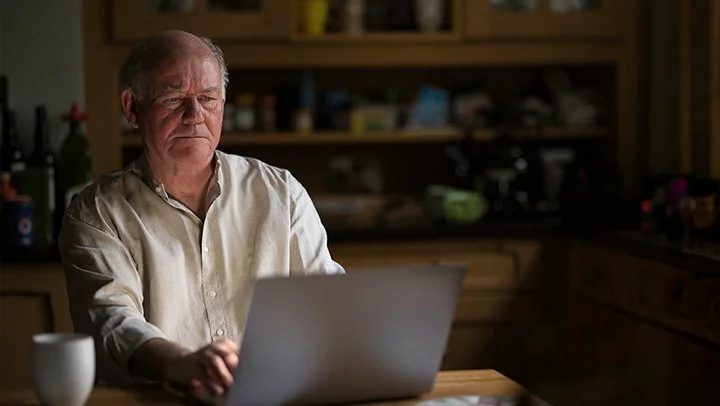Security: what it really means to feel safe in later life
This is the second in our six-part series exploring what really matters for later-life wellbeing.
We look beyond locks and alarms to uncover how financial stability, neighbourhood trust, and access to help shape a sense of safety, and why it matters so much for living well.
For many people, the word ‘security’ immediately brings to mind money. And yes, financial stability is an important piece of the picture. But for older adults, security is more multi-dimensional. It’s about physical safety, emotional reassurance, access to help, trust in systems, and confidence in the future.
Feeling secure allows people to relax. It frees up headspace for joy, purpose and connection. In short: when security is in place, wellbeing can flourish.
The data: security is foundational
In our study with UK homeowners aged 70-89, the majority said they felt secure in their current living arrangements. But when asked what factors most support their wellbeing, security-related themes came up again and again:
96% said their home being safe and secure makes a positive difference to their wellbeing
83% said financial security matters significantly
67% emphasised access to local healthcare
62% wanted to feel safe in the area they live
These responses tell us that security is not a passive condition. It’s actively felt, and often actively pursued.
What does security really mean?
For the people we spoke to, security meant:
Living in a home they can trust - both physically and practically
Having access to medical care without excessive travel or wait times
Feeling safe when walking around their neighbourhood
Knowing help is available if something goes wrong
Having a financial cushion to manage rising costs and emergencies
Security, in other words, is both internal (feeling calm and stable) and external (being physically safe and well-supported).
The spectrum of security
What came through strongly in our research is that security isn't an all-or-nothing condition. It's a spectrum. Some people feel secure in some areas of their life but not others. A person might feel financially secure, but worried about local crime. Or they might feel emotionally stable, but physically vulnerable in their home.
Designing for later-life wellbeing means understanding these nuances, and recognising that security looks and feels different depending on context.
Health is a big part of the picture
Access to local GPs, reliable transport to hospital, and confidence in care systems all play a critical role in perceived security. As people age, these factors grow in importance. The challenge? Many systems are stretched, and older people often feel they are "on their own" when navigating them.
Investing in community healthcare infrastructure and creating more integrated, person-centred models of care could make a significant difference - not just to outcomes, but to peace of mind.
What else affects the feeling of security?
Housing design: Good lighting, level access, secure doors, and manageable outdoor spaces help people feel safer at home.
Neighbourhood experience: People feel safer when they know their neighbours, trust their local environment, and have easy access to services.
Financial transparency: Clear, predictable costs in housing, care and services help people plan with confidence.
These aren’t luxuries. They’re enablers of calm, control, and continued engagement with life.
Security and self-image
One of the subtler themes we see in our work is how strongly security is tied to identity. Older adults don’t just want to be safe, they want to feel competent, in control, and dignified. Systems that treat people as vulnerable by default can erode that.
Security, then, is not just about risk reduction. It’s about empowerment.
What brands and services can do
For those developing products, services or housing for older adults, there are clear takeaways:
Design-in safety features without creating a ‘clinical’ or institutional feel
Prioritise simplicity, clarity and predictability in pricing
Use respectful, empowering language in marketing and communications
Enable community, rather than assuming isolation
Think about "peace of mind" as a deliverable in its own right
If people feel secure, they are more likely to engage, participate and thrive.
Our view
Security is often seen as a baseline - something to be checked off before the "real work" of wellbeing begins. But in truth, it is part of that work.
It gives people the confidence to plan ahead, the comfort to be present, and the space to explore new possibilities.
In our next Grey Matters post, we’ll look at the third pillar of wellbeing: connection. What does it take to stay socially and emotionally connected in later life and why does that matter more than ever?
source: Boomer + beyond_What's driving wellness_quantitative study
